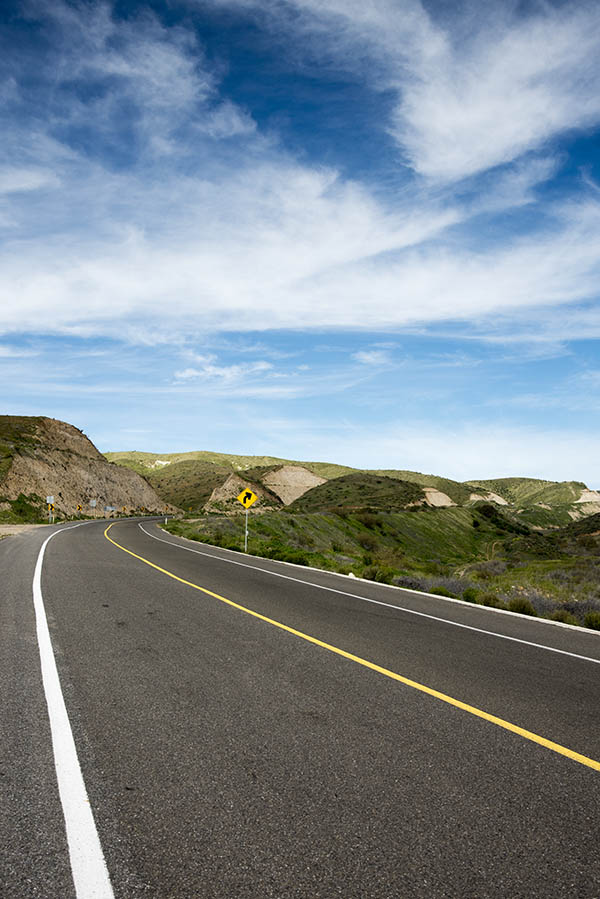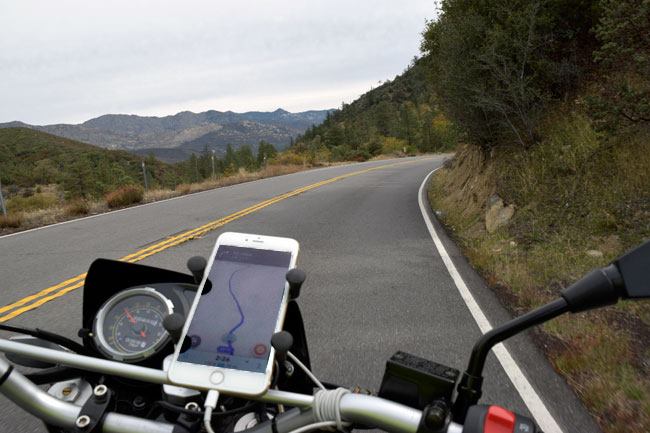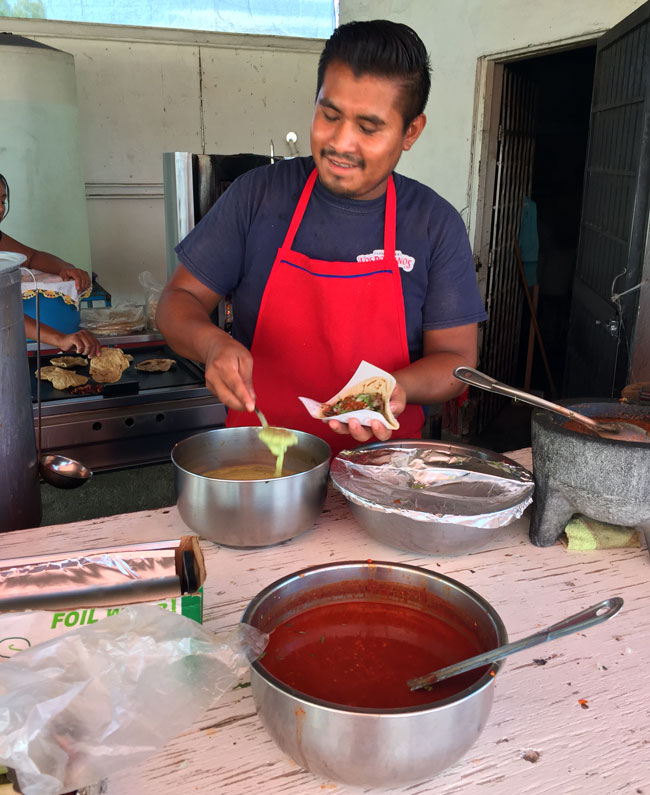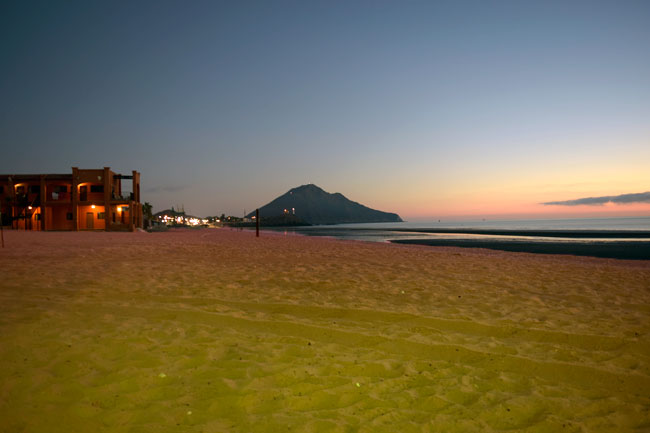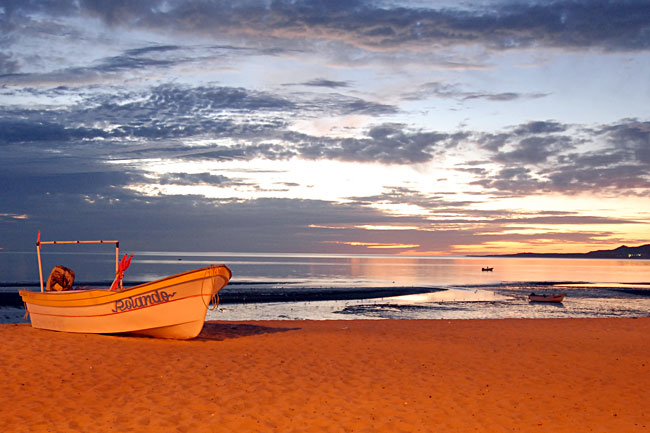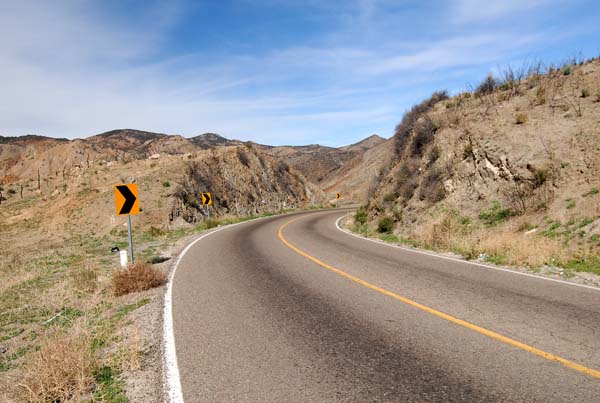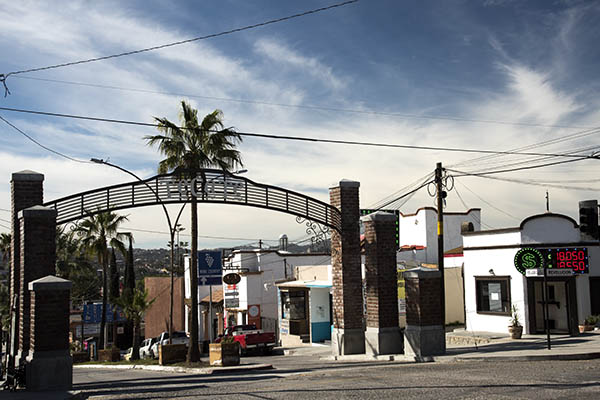
Getting into Mexico through Tecate is about as easy as it gets. All you need to do is find your way to California Highway 94, which twistiliciously parallels the border below Interstate 8 (the mind-numbingly boring slab that runs from San Diego into Arizona). Roughly 25 miles east of where 94 originates near San Diego, you’ll see Highway 188. Highway 188 is only a mile long, it turns due south off 94, and it runs right into Tecate.
On the US side, Tecate is little more than the US Customs and Immigration station with a couple of buildings scattered along the road. Just keep riding south. You’ll see the signs warning you not to bring guns into Mexico (duh), and suddenly, you’ve entered Mexico. There is no Mexican border control officer. You just ride right in. You can do that going south. Don’t try it in the other direction, though.
I guess I should mention, too, that you’ll need your US passport. You can get into Mexico without showing your passport, but if you want to get back into the Estados Unidos, well, you get the idea.
The place to get your Mexican tourist visa is a bit complicated to get to. Well, sort of. It’s right there as you enter Mexico, the first building on the right, once you’ve crossed the border. You’ll bounce over a couple rows of Bots Dots (those annoying grapefruit-sized metal domes). The drill is to park (but there’s no place to park), walk across the road you just rode in on, hoof it back to the Mexican customs building (but there’s no sign on it), walk around the road through a gate as if you were walking out of Mexico, cross back again, and, if you’re like me, wonder what you’re supposed to do next. Look for the steps, go up a half a flight, and then enter the Mexican immigration area. There are no signs. Just wander around looking like you’re lost (you won’t have to act, because you will be), and ultimately, somebody will ask if you need help. I get the feeling not too many people actually get a visa when they enter Mexico. But you’re supposed to. There. I’ve said what I’m supposed to.
When you get back on your bike (or in your car), continue south on the street you came in on, and you’ll immediately see the sign telling you yep, you’re here…
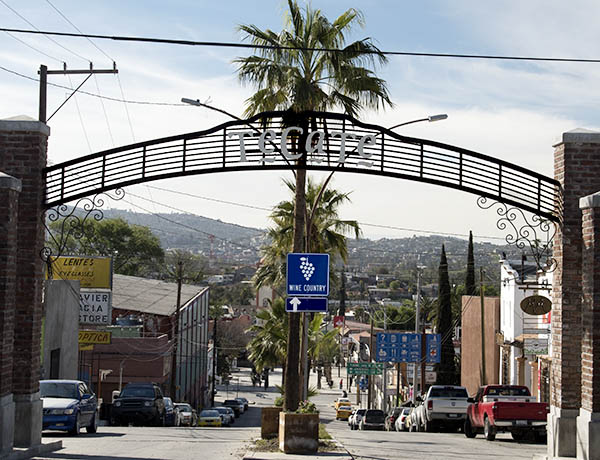
Tecate is laid out kind of like a T, with the top of the T following the border to the east and the west, and the long part of the T heading south toward the Ruta del Vino wine country. The drill here is to go a block or so past the Tecate welcoming banner you see in the photos above until you T into Avenida Revolución, and then turn right. If you go about a mile or so, you’ll see one of the two places I stay when I’m Tecate. It’s the Hotel El Dorado. It’s okay and it’s not expensive. My preferred place to stay, though, is the Hotel Hacienda, which is another mile east on the same Avenida Revolución. The Hacienda has that amazing Malinalli Sabores Autóctonos restaurant I wrote about in the ExNotes blog yesterday in a connected building. The Hacienda also has more secure parking (they lock up the parking lot at night). I think the rooms at the Hacienda are a wee bit nicer, too. The price at both places is about the same, and they are both on the right side of the road as you continue west.
Hey, one thing I ought to mention is that Mexico has stop signs that look exactly like ours, but somehow they are way harder to see. If you’re approaching an intersection, start looking for a stop sign. They won’t jump out at you.
You’ll see plenty of gas stations, and in Tecate the gas stations take credit cards (that’s not always the case further into Baja). Until recently, Pemex was the only gas you could buy in Mexico. Being a government company, though, Pemex ran out of money for exploration (and then they started to run out of gas), so the Mexican government now allows other oil companies. We saw BP, Chevron, and ARCO stations in Tecate.
Tecate is dominated by the Tecate Brewery, which is the tallest thing in town. The brewery is smack dab in the center of town, and you literally can see it from just about anywhere. They used to offer brewery tours, but alas, I was unable to book one. Maybe they still do, but neither the phone number nor the email address on the Tecate website worked for me. I wandered onto the Tecate factory grounds to try to get a tour, but I struck out. A worker told me the Tecate Beer Garden is still open, but there were no tours. He said the Beer Garden was well hidden between two iron-grated doors. He was right. We couldn’t find it.
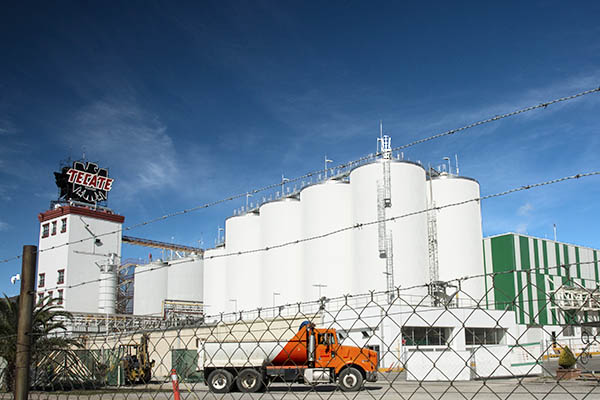
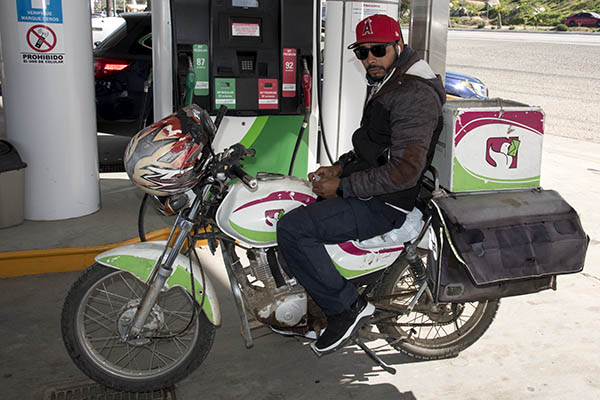
So, imagine you’ve just crossed the border into Mexico and you are at the apex of that T described earlier (the T that is Tecate). If you turn right and head west on Mexico Highway 2, you’ll eventually run into Tijuana (although why anyone would ever want to do that is beyond me). If you turn left and head east on Mexico Highway 2, you’ll eventually run into the Rumarosa Grade (a very scenic place described earlier in our blogs about the Janus trip) and then Mexicali. If you go straight and head south on Mexico Highway 3, you’ll leave Tecate and dive deeper into Baja. Highway 3 becomes the Ruta del Vino and it is a fabulous ride through the northern Baja wine country. Highway 3 ultimately intersects Mexico Highway 1 (Baja’s Transpeninsular Highway) and the Pacific Ocean at the northern edge of Ensenada.
We’ll pick up with the Ruta del Vino in tomorrow’s blog, so stay tuned!
